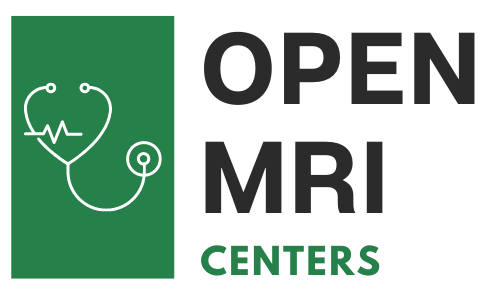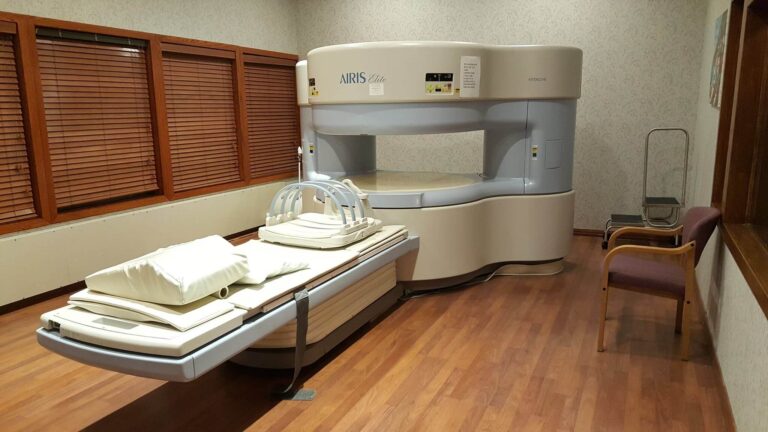Whenever you have a medical problem and your doctor orders MRI, you are presented with two options, open or closed. MRIs, although sometimes unpleasant, are necessary and have to be done. However, nowadays, it does not have to be that bad, and today we are going to answer the question – is an open MRI as Good as a Closed MRI?
Open MRI is growing in popularity due to the perception that it is less claustrophobic than a closed one. However, there are various advantages and disadvantages to both types, and in today’s article, we are going to explore them and present them to you. By understanding how both MRIs work, you will get a better understanding of which will suit you better. We have a lot of ground to cover, so let us start.
Is an Open MRI as Good as a Closed MRI?
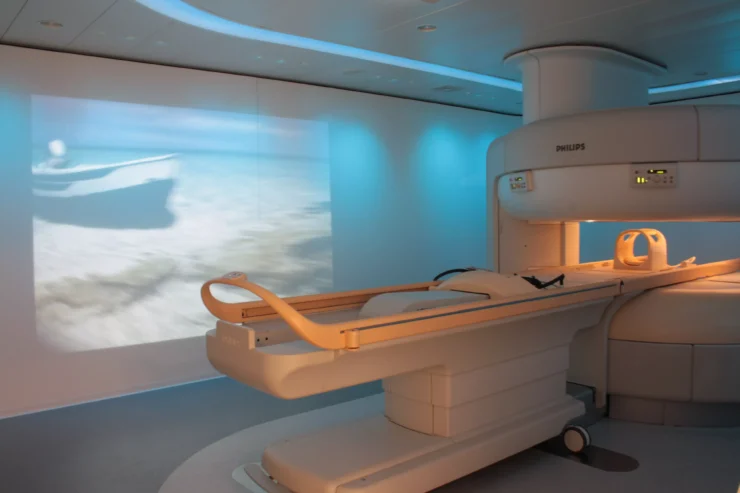
In some aspects, an open MRI is an even better solution than a closed one. However, there are multiple things to consider before opting for either, and to do so, you need to understand how both machines work and their pros and cons. We are going to start by explaining what both types are, how they work, and their benefits.
What is an Open MRI?
An open MRI is a modern type of diagnostic imaging system that has a patient’s comfort in the first place and provides an excellent alternative for obese, claustrophobic, or pediatric patients. As the name implies, this machine has an open design, meaning that the patient will not be surrounded by walls and will feel much more comfortable.
The doctors use open MRI by the same principle as the closed one. It uses a strong magnetic field and radio waves that provide detailed images of the inside of the body. Such images give doctors assistance in their diagnoses and medical treatments for various conditions such as cancer, heart disease, and neurological disorders.
What is a Closed MRI?
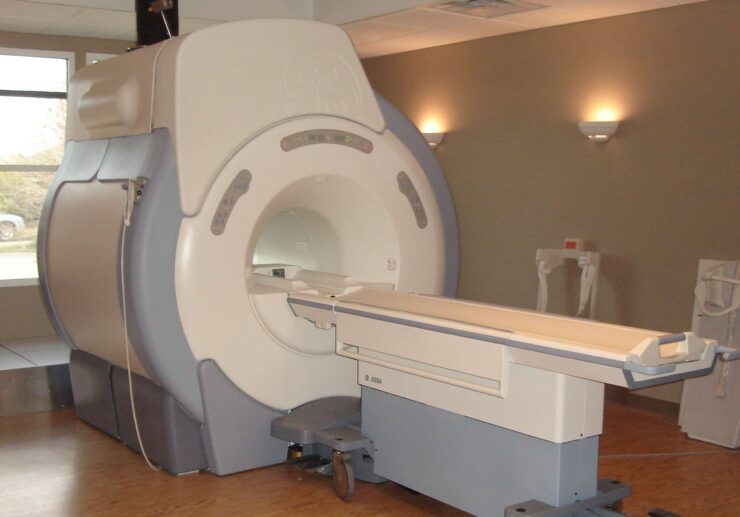
Closed MRIs have been around for a very long time. They make use of a capsule-like space to take high-quality images of the inside of the body. This machine is a magnet the patient lies in, and a radio wave is used to send signals to the body and receive feedback from it.
The returning signals create images by a computer attached to the scanner and produce very detailed images that help doctors make accurate diagnostics and create the right treatment for their patients. Since this machine is able to take images of areas that are not available with any other scans, it means that in some cases, closed MRIs are an absolute necessity.
Is an Open MRI as Good as a Closed MRI? – Which One Does Provide a Better Image?
Although open MRI sounds and feels more comfortable and freeing for patients, it does come with certain drawbacks. It is due to their open structure that the images are significantly degraded in terms of visible details. Such images can lead to misdiagnosis or the wrong treatment. Open MRIs usually have a magnetic field strength of 0.23 Tesla and offer less detail for radiologist experts.
On the other hand, closed MRI machines have scanners with a high field strength of 1.5 to 3 Tesla. Such power provides images with much greater detail, higher resolution, and great clarity. These scans are much easier to read and interpret, and they provide doctors with better detail and information.
What Is the Difference Between Open MRI and Closed MRI?

Let us start with the basics. A closed MRI machine is a traditional type and is designed to be more compact and efficient. It typically has a smaller footprint than an open MRI machine, and in addition, it is much more affordable.
The main difference between these two MRI scanners is the level of claustrophobia they cause. Closed MRI machines are known for being more claustrophobic for patients since they get surrounded by walls on all sides, and it is something that can be rather unpleasant.
Open MRIs have an open design, which helps in reducing feelings of claustrophobia for some patients. Another difference is in the image quality of the scans since closed MRIs offer better image quality and details than open MRIs do.
Advantages of an Open MRI
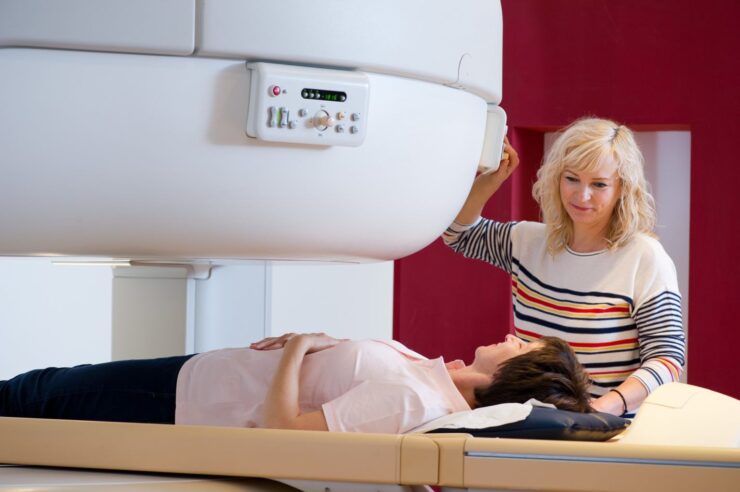
1. They Are Less Claustrophobic for Patients
Open MRIs can be very helpful for patients that can feel anxious in closed spaces. They can help reduce the feeling of anxiety, claustrophobia, and paranoia.
2. Open MRIs Are Often More Spacious Than Closed MRIs
Open MRI machines often have more space inside of them than closed types, which can be very helpful with obese patients, or those that need to move around and switch positions during the scan.
3. Open MRIs Make Less Noise Than Closed MRIs
Some patients believe that the open MRI machines are far less noisy than the closed ones. This can be very helpful for patients that are highly sensitive to noise and have issues handling it.
4. It Is Better for Kids Who Fidget
Staying still when doing an MRI scan is crucial. Kids often get scared inside closed MRI machines and start to move. As a result, the image may be inaccurate, which can lead to misdiagnosis. Open MRI is much better in this regard as it will reduce the stress levels in kids.
Disadvantages of an Open MRI
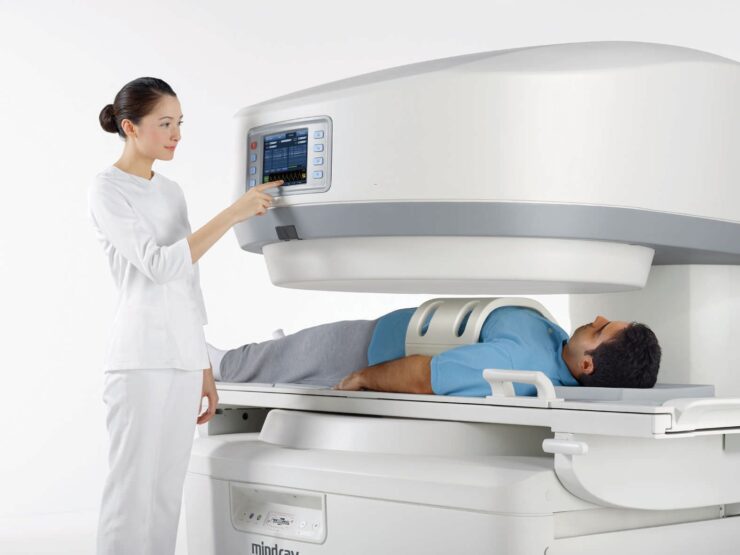
1. They Are Not Always Available in All Medical Facilities
Open MRI machines are not always available in all medical facilities, which can present itself as a problem if a patient requires an MRI scan immediately.
2. Open MRI Machines Are Sometimes More Expansive Than Closed MRI Machines
Often enough, open MRI machines are more expensive than closed ones, which is one of the reasons why not all medical facilities own them, especially the ones that are on a tight budget.
3. They Sometimes Do Not Give You as Much Image Details as to the Closed MRI Machines
Even though open MRIs are becoming more popular on a daily basis, they are not as accurate and detailed as closed MRIs. However, this is a drawback only if you require a highly detailed image for something specific; otherwise, an open MRI will do the job.
Is an Open MRI as Good as a Closed MRI? – Bottom Line
This concludes our analysis and comparison of open and closed MRIs. The bottom line is that the open type can be highly beneficial for persons who often feel anxiety due to claustrophobia and for patients who are required to switch positions during their scans.
Depending on the nature of your condition, either can do an adequate job and suit your needs, so it is best to consult with your medical healthcare provider and figure out which type will be the right solution for you.
